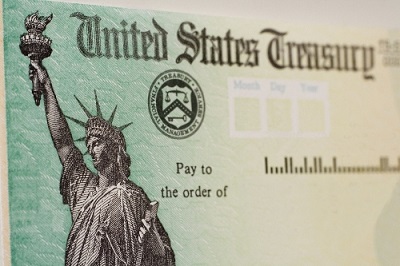With the Federal Reserve laying off raising interest rates to this point in 2016 and with trillions of dollars negative-yielding debt found in other developed markets, exchange traded funds holding U.S. government debt are favored destinations among income investors this year.
iShares 20+ Year Treasury Bond ETF (NYSEArca: TLT). There are some obvious fundamental factors that bode well for U.S. debt ETFs, namely a slew of negative interest rate policies throughout the developed world, which make the low yields on U.S. bonds look all the more attractive.
Moreover, U.S. fixed-income market may find further support from overseas demand, especially with international bonds offering paltry yields. For instance, Japanese 20-year notes and the Danish 10-year bonds saw their yields go negative for the first time this year.
Related: If Rates Rise, Look to These Junk Bond ETFs
However, data indicate that traders that are bold enough to short bond ETFs, meaning they profit when these ETFs decline, are favoring the longer end of the yield curve.
“It is interesting to notice that although investors are getting long US treasury exposure via ETFs throughout the entire duration curve, short sellers are predominantly in the long term end of the curve with $4 out of every $5 shorted via ETF in the 20+ year duration bucket,” according to an S3 Partners note posted by Teresa Rivas of Barron’s.
TLT has been a popular Treasury bond play for yield generation over the past few years after the Federal Reserve implemented near-zero interest rates and a robust bond purchasing program. However, TLT comes with a 17.72 year duration – a 1% increase in interest rates would translate to about a 17.72% decline in the fund’s price.
